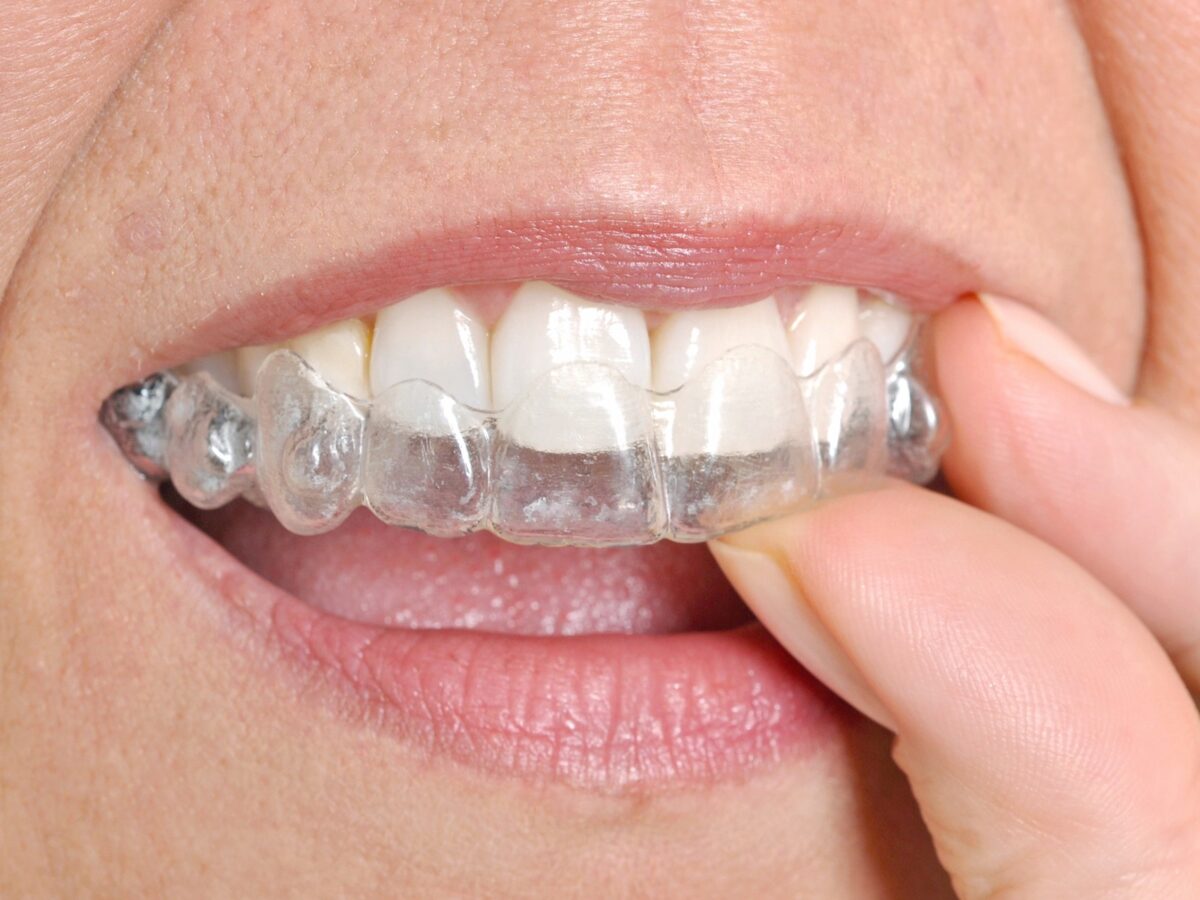Blog
Dental hygiene tips for healthy teeth & gums

Why do Invisalign have bumps?
Invisalign is a tooth straightening treatment used to correct misaligned, crooked, or uneven teeth. Invisalign works just like the traditional braces, but it is a more popular choice among patients nowadays because it is more convenient and easy to handle. Invisalign works differently on different dental issues. Some dental cases take less time to correct, whereas some major dental problems take more time and push to get fixed. Invisalign can fix almost every dental issue, but there are some complex problems that Invisalign aligners alone can’t fix, and that is where Invisalign bumps are used.
Invisalign bumps are an additional term or material used or placed either on your teeth directly or onto your Invisalign, which helps and encourages tooth movement. In simple terms, Invisalign bumps are small attachments that push your teeth to a better position. In addition, for better grip and support, your Invisalign trays are designed to fit the bumps perfectly. Most people confuse Invisalign bumps with Invisalign attachments. Bumps are built or fit your aligners, whereas attachments are directly stuck onto your teeth. The technical term for Invisalign bumps is bite ramps. The main purpose of Invisalign bumps is to help treat more serious or complex dental issues; it provides extra support and pushes to the Invisalign, which increases the treatment process.
People with wider and complex dental cases do not have to opt for the traditional metal braces as Invisalign bumps help treat bites and crooked teeth. Bumps are placed on the Invisalign trays’ interiors, which helps open the bites or correct misaligned teeth vertically. Invisalign bumps are also almost invisible like your Invisalign aligners; you do not have to take extra precautions to ensure your bumps are in place. To maintain proper dental hygiene, you should avoid teeth staining products and floss your teeth regularly.
Lastly, if you face any problem with your Invisalign treatment, you must consult your dentist for proper treatment.
